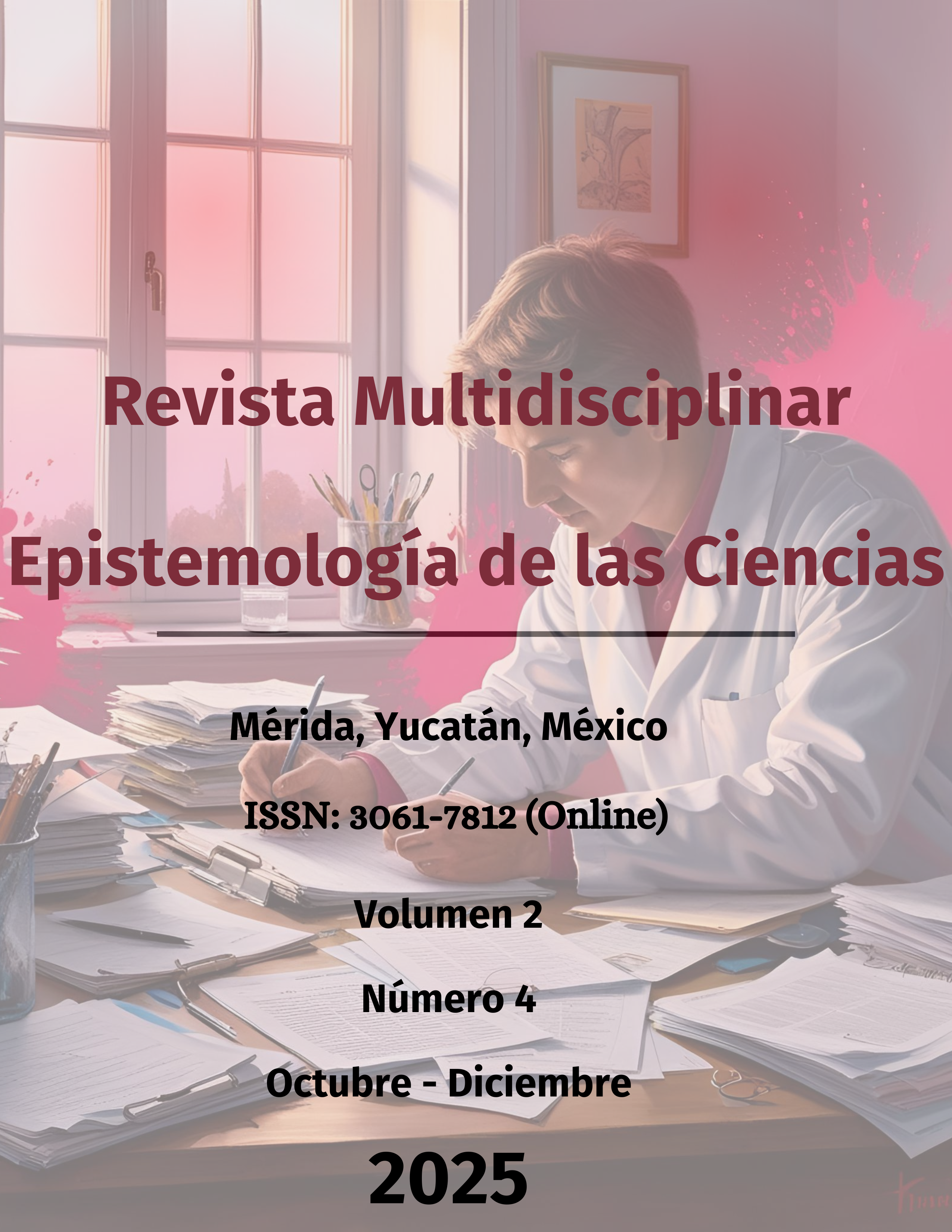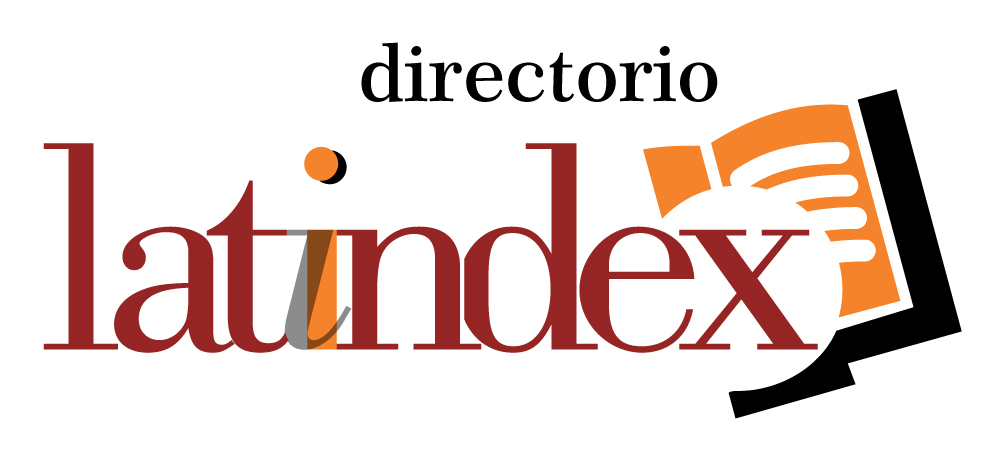Neuroeducación y estrategias didácticas para el desarrollo del pensamiento crítico
DOI:
https://doi.org/10.71112/45qwsq89Palabras clave:
Neuroeducación, pensamiento crítico, estrategias didácticas, educación fiscal, cuasiexperimentalResumen
El presente estudio tuvo como objetivo analizar el impacto de estrategias didácticas fundamentadas en la neuroeducación sobre el desarrollo del pensamiento crítico en estudiantes de secundaria de instituciones fiscales en Ecuador. Se aplicó un enfoque mixto con diseño cuasiexperimental, utilizando un grupo experimental y un grupo de control, con pruebas pretest y postest, además de instrumentos cualitativos como entrevistas y diarios reflexivos. Los resultados cuantitativos evidenciaron mejoras significativas en el pensamiento crítico del grupo experimental, con tamaños de efecto altos, lo que confirma la eficacia de la intervención. A nivel cualitativo, se identificaron percepciones positivas relacionadas con la motivación, la utilidad y la dinámica de las actividades, aunque también se señalaron limitaciones vinculadas al acceso tecnológico y al tiempo disponible. La triangulación de resultados permitió integrar datos numéricos y testimoniales, generando una visión integral del proceso. En conclusión, las estrategias basadas en la neuroeducación representan una alternativa pedagógica efectiva para fortalecer competencias cognitivas esenciales en el sistema educativo fiscal ecuatoriano, con proyección para ser aplicadas en contextos similares.
Descargas
Referencias
Arrieta-Cohen, M. C., Torres-Arizal, L. A., & Gómez-Yepes, R. L. (2024). Evaluating the impact of an educational intervention using project-based learning on postpandemic recovery. Education Sciences, 14(12), 1341. https://doi.org/10.3390/educsci14121341 DOI: https://doi.org/10.3390/educsci14121341
Berrú, S. E. (2026). Estrategias didácticas para el desarrollo del pensamiento crítico en estudiantes de nivel secundario. Revista InveCom, 5(3), 1–8. https://doi.org/10.5281/zenodo.14484019
Braun, V., & Clarke, V. (2006). Using thematic analysis in psychology. Qualitative Research in Psychology, 3(2), 77–101. https://doi.org/10.1191/1478088706qp063oa DOI: https://doi.org/10.1191/1478088706qp063oa
Cohen, J. (1988). Statistical power analysis for the behavioral sciences (2nd ed.). Routledge. https://doi.org/10.4324/9780203771587 DOI: https://doi.org/10.4324/9780203771587
Cook, T. D., & Campbell, D. T. (1979). Quasi-experimentation: Design & analysis issues for field settings. Houghton Mifflin. https://books.google.com/books/about/Quasi_experimentation.html?id=BFNqAAAAMAAJ
Creswell, J. W., & Creswell, J. D. (2018). Research design: Qualitative, quantitative, and mixed methods approaches (5th ed.). SAGE. https://edge.sagepub.com/creswellrd5e
Cronbach, L. J. (1951). Coefficient alpha and the internal structure of tests. Psychometrika, 16(3), 297–334. https://doi.org/10.1007/BF02310555 DOI: https://doi.org/10.1007/BF02310555
Denzin, N. K. (1978). The research act: A theoretical introduction to sociological methods (2nd ed.). Prentice Hall. https://archive.org/details/researchacttheo00denz
Etikan, I., Musa, S. A., & Alkassim, R. S. (2016). Comparison of convenience sampling and purposive sampling. American Journal of Theoretical and Applied Statistics, 5(1), 1–4. https://doi.org/10.11648/j.ajtas.20160501.11 DOI: https://doi.org/10.11648/j.ajtas.20160501.11
Field, A. (2013). Discovering statistics using IBM SPSS statistics (4th ed.). SAGE. https://us.sagepub.com/sites/default/files/upmbinaries/52063_00_Field_4e_SPSS_Prelims.pdf
Freeman, S., Eddy, S. L., McDonough, M., Smith, M. K., Okoroafor, N., Jordt, H., & Wenderoth, M. P. (2014). Active learning increases student performance in science, engineering, and mathematics. Proceedings of the National Academy of Sciences, 111(23), 8410–8415. https://doi.org/10.1073/pnas.1319030111 DOI: https://doi.org/10.1073/pnas.1319030111
Fullan, M. (2007). The new meaning of educational change (4th ed.). Teachers College Press.
García-Cabrero, B. (2010). Modelos teóricos e indicadores de evaluación educativa. Sinéctica, (35), 1–21. https://www.scielo.org.mx/scielo.php?pid=S1665-109X2010000200005&script=sci_arttext
Guskey, T. R. (2002). Professional development and teacher change. Teachers and Teaching: Theory and Practice, 8(3), 381–391. https://doi.org/10.1080/135406002100000512 DOI: https://doi.org/10.1080/135406002100000512
Hattie, J., & Yates, G. (2014). Visible learning and the science of how we learn. Routledge. DOI: https://doi.org/10.4324/9781315885025
Hulleman, C. S., & Cordray, D. S. (2009). Moving from the lab to the field: The role of fidelity and achieved relative intervention strength. Journal of Research on Educational Effectiveness, 2(1), 88–110. https://doi.org/10.1080/19345740802539325 DOI: https://doi.org/10.1080/19345740802539325
Ilishkina, D. I. (2025). Toward a holistic framework for evaluating educational interventions. Frontiers in Education. https://doi.org/10.3389/feduc.2025.1532376 DOI: https://doi.org/10.3389/feduc.2025.1532376
Johnson, R. B., & Onwuegbuzie, A. J. (2004). Mixed methods research: A research paradigm whose time has come. Educational Researcher, 33(7), 14–26. https://doi.org/10.3102/0013189X033007014 DOI: https://doi.org/10.3102/0013189X033007014
Liang, J., Wang, Z., Xu, F., & Chen, L. (2022). Evaluation of educational interventions based on average treatment effect (ATE). Mathematics, 10(22), 4333. https://doi.org/10.3390/math10224333 DOI: https://doi.org/10.3390/math10224333
Lilliefors, H. W. (1967). On the Kolmogorov–Smirnov test for normality with mean and variance unknown. Journal of the American Statistical Association, 62(318), 399–402. https://doi.org/10.1080/01621459.1967.10482916 DOI: https://doi.org/10.1080/01621459.1967.10482916
Marín Ube, S. E., Jiménez Aldaz, J. V., Cortez Alvarado, L. E., & Morales Fischer, B. R. (2025). Estrategias didácticas para fomentar el pensamiento crítico en el desarrollo de competencias comunicacionales: Una revisión sistemática de literatura con el método SALSA. RCUISRAEL, 12(1), 203–221. https://doi.org/10.35290/rcui.v12n1.2025.1483 DOI: https://doi.org/10.35290/rcui.v12n1.2025.1483
Means, B., Toyama, Y., Murphy, R., & Baki, M. (2013). The effectiveness of online and blended learning: A meta-analysis of empirical literature. Teachers College Record, 115(3), 1–47. DOI: https://doi.org/10.1177/016146811311500307
Mendive, S. (2019). Evaluación de una intervención de fomento lector basada en libros personalizados (Informe final FONIDE FON181800211). Ministerio de Educación de Chile. https://centroestudios.mineduc.cl/wp-content/uploads/sites/100/2022/01/Informe-final_FON181800211_Mendive_PUC-EDIT.pdf
Meza-Mendoza, L. R., & Moya-Martínez, M. E. (2020). TIC y neuroeducación como recurso de innovación en el proceso de enseñanza y aprendizaje. Revista de Ciencias Humanísticas y Sociales (ReHuSo, Ecuador), 5(2), 94–106. https://doi.org/10.5281/zenodo.6812350 DOI: https://doi.org/10.33936/rehuso.v5i2.2397
Moreno, G. J., Masaquiza Guamán, A. B., Macías Bazurto, G. L., & Veloz Ocaña, R. A. (2025). Estrategias didácticas activas y su impacto en el desarrollo del pensamiento crítico en estudiantes de educación inicial. Educational Regent Multidisciplinary Journal, 2(4), 1–10. https://doi.org/10.63969/26nk1j42 DOI: https://doi.org/10.63969/26nk1j42
Obando Morales, M. F. (2021). La neuroeducación en el proceso de aprendizaje significativo, aplicada en los niños y niñas de preparatoria de Unidad Educativa Victoria Vásconez Cuvi (Tesis de licenciatura). Universidad Técnica de Cotopaxi. http://repositorio.utc.edu.ec/handle/27000/7685
Okuda Benavides, M., & Gómez-Restrepo, C. (2005). Métodos en investigación cualitativa: Triangulación. Revista Colombiana de Psiquiatría, 34(1), 118–124. https://www.scielo.org.co/scielo.php?pid=S0034-74502005000100008&script=sci_arttex
Selwyn, N. (2016). Education and technology: Key issues and debates. Bloomsbury. DOI: https://doi.org/10.5040/9781474235952
Shadish, W. R., Cook, T. D., & Campbell, D. T. (2002). Experimental and quasi-experimental designs for generalized causal inference. Houghton Mifflin. https://books.google.com/books/about/Experimental_and_Quasi_experimental_Desi.html?id=o7jaAAAAMAAJ
Shapiro, S. S., & Wilk, M. B. (1965). An analysis of variance test for normality (complete samples). Biometrika, 52(3–4), 591–611. https://doi.org/10.1093/biomet/52.3-4.591 DOI: https://doi.org/10.1093/biomet/52.3-4.591
Schoonenboom, J., & Johnson, R. B. (2017). How to construct a mixed methods research design. Kölner Zeitschrift für Soziologie und Sozialpsychologie, 69(S2), 107–131. https://doi.org/10.1007/s11577-017-0454-1 DOI: https://doi.org/10.1007/s11577-017-0454-1
Sweller, J., Ayres, P., & Kalyuga, S. (2011). Cognitive load theory. Springer. https://doi.org/10.1007/978-1-4419-8126-4 DOI: https://doi.org/10.1007/978-1-4419-8126-4
Tokuhama-Espinosa, T. (2018). The new science of teaching and learning: Using the best of mind, brain, and education science in the classroom. Teachers College Press.
UNESCO. (2021). Recommendation on the ethics of artificial intelligence. UNESCO. https://unesdoc.unesco.org/ark:/48223/pf0000385082
World Medical Association. (n.d.). Declaración de Helsinki (versión vigente). https://www.wma.net/policies-post/wma-declaration-of-helsinki/
Zimmerman, B. J. (2008). Investigating self-regulation and motivation: Historical background, methodological developments, and future prospects. American Educational Research Journal, 45(1), 166–183. https://doi.org/10.3102/0002831207312909 DOI: https://doi.org/10.3102/0002831207312909
Publicado
Número
Sección
Licencia
Derechos de autor 2025 Revista Multidisciplinar Epistemología de las Ciencias

Esta obra está bajo una licencia internacional Creative Commons Atribución 4.0.











